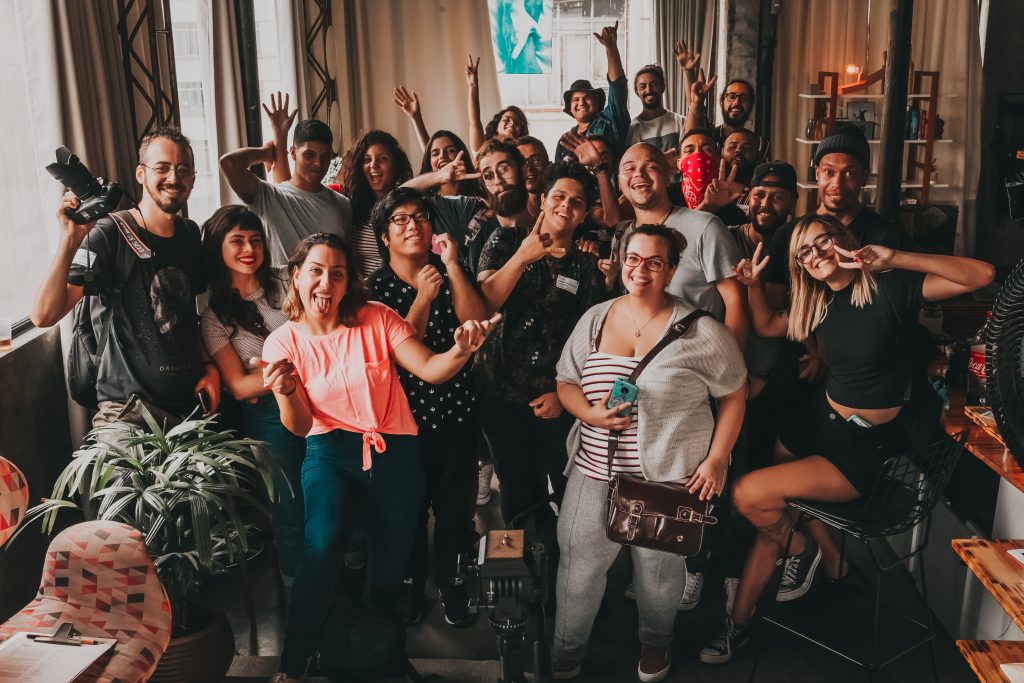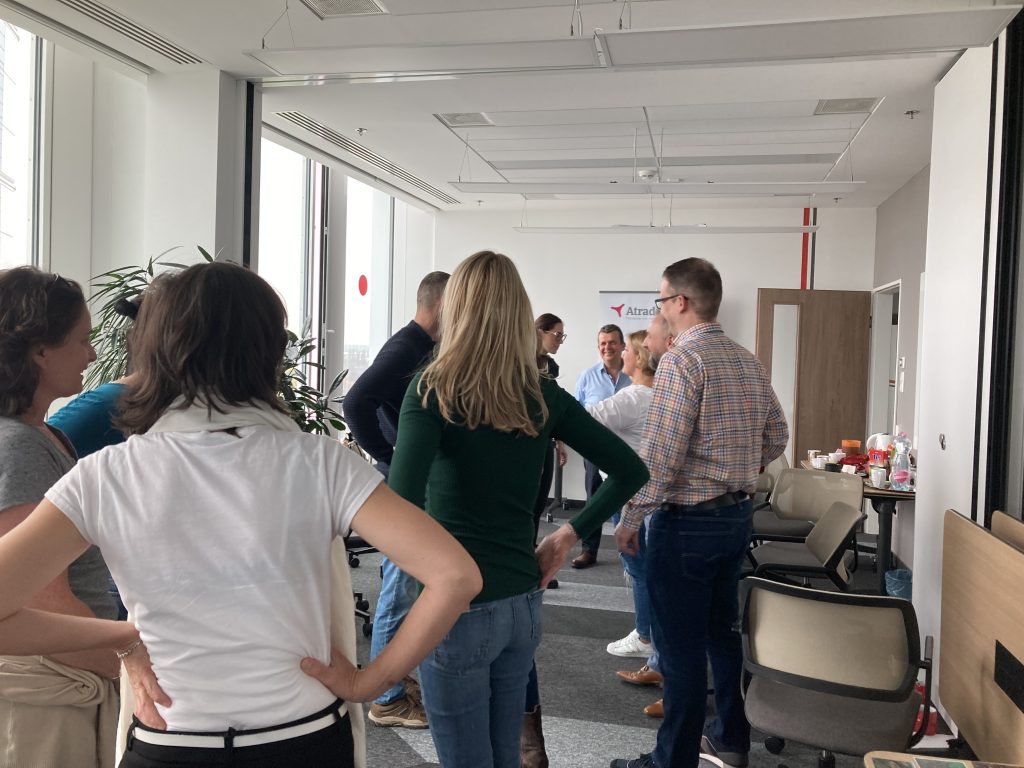I really like the part in Kelly McGonigal’s book Willpower Instinct about how habits – both good and bad – spread like a contagion, but unlike infection they are not transmitted by droplets in the air, but spread in a web of love and respect: from friend to friend, from family member to family member.
Social influence, according to all the psychological and marketing research, shapes our thinking much more than we think as individuals, and this is the responsibility of the mirror neurons that constantly monitor those around us, helping us to connect to our community and our environment, because humans are social beings and belonging to some kind of group is still a prerequisite for survival.
When reading about the subject you are confronted with figures such as if your friend gains weight, you have a 171% increased risk of obesity, if you are a man and your brother has put on a few pounds, your risk increases by 45%, and this is also true for things like sleeping habits, depression and smoking. Of course, you can’t “catch” just anything, only something you have a predisposition or even a subconscious desire for.
But the good news is that the same epidemic-like pattern holds true for the positive elements of life: the people around us whom we love and respect can inspire us to do sport, to strive for better, to have good habits, and we can pass on these patterns ourselves, so it is important to check from time to time who is in our inner circle and how much influence we allow the impulses they give us to have.
And now something apparently different: in the late 1800s, a few Italian men set off to start a new life in the US, and within a few years, several villagers followed them to establish their new home, naming it Roseto after their hometown. In a research study it was discovered that, astonishingly, this village had little or no heart diseases compared to the US heart health figures at the time. Investigating this mysterious phenomenon they looked at the diets, working and drinking habits of the villagers, finding no significant differences from the US as a whole, until they finally discovered what they were doing differently from anywhere else in the US: people would get together, go outside after work to talk, there were often three generations living together, and they were very supportive of each other (there were 22! NGOs in the village of 2,000 people). The key lied therefore in the community, in the fact that these people drew their own boundaries not at the contours of their bodies but at the edge of the village, benefiting from the support and attention that members of a group could give one another.
Building a community is slow and takes a lot of energy, which is a beauty in itself. However, a supportive, accepting community pays back the work invested in it a thousandfold, both in terms of mental and physical health. So start small: sit in a café after work and invite two friends who don’t yet know each other to have a good chat – perhaps it’s the first day of a new community.


